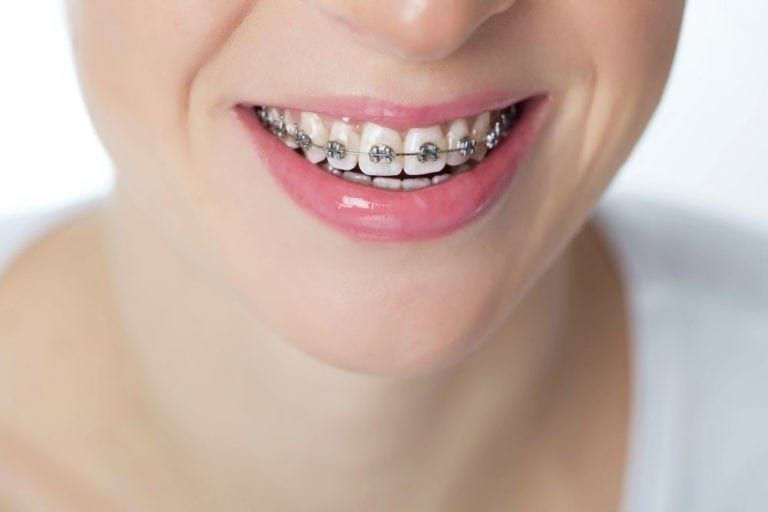Orthodontist vs. Dentist: What’s the Difference and Who Do You Need?
- dclinicdubai
- Jun 4
- 4 min read
When it comes to oral health, many people are unsure whether to visit a dentist or an orthodontist. While both are dental professionals, their roles, training, and treatment options vary significantly. Understanding these differences can help you make more informed choices about your care. This is especially important if you're considering specialized treatment, such as with orthodontists in Dubai, where both general and advanced services are widely available.

Education and Training:
Both dentists and orthodontists begin their careers by earning a dental degree. However, orthodontists continue their education for an additional two to three years of specialized training focused on alignment and bite correction. This advanced education prepares them for more complex procedures that go beyond general dentistry.
Areas of Focus:
Dentists are general practitioners who handle a wide range of oral health issues, while orthodontists specialize in correcting misalignments and irregularities in teeth and jaws. Choosing between the two depends on the specific nature of your dental concerns.
Dentists typically provide:
Routine cleanings and exams
Fillings, crowns, and bridges
Root canals
Gum disease treatment
Oral hygiene education
Orthodontists typically provide:
Braces and clear aligners
Retainers and other bite-correcting devices
Jaw alignment and bite correction
Early orthodontic evaluations for children
Collaboration on facial structure and surgical cases
Tools and Techniques Used:
Dentists and orthodontists use different tools suited to their specialties. While dentists use standard dental instruments, orthodontists employ specialized equipment designed to move and adjust teeth over time.
Common tools used by orthodontists include:
Metal and ceramic braces
Invisalign and other aligners
Palatal expanders
Headgear (in some cases)
3D imaging and digital scanners
Dentists commonly use:
Drills and scalers
X-rays and diagnostic tools
Anesthetics for procedures
Fillings and restorative materials
Oral hygiene tools
Types of Problems Treated:
Knowing the scope of each professional’s expertise can guide you in determining who you need to see.
Dentists are ideal for:
Tooth decay or cavities
Plaque and tartar buildup
Toothaches and infections
Cosmetic concerns like whitening or veneers
Dental emergencies (e.g., broken teeth)
Orthodontists are the right choice for:
Crooked or crowded teeth
Overbites, underbites, and crossbites
Gaps between teeth
Jaw misalignment
Retention and post-braces maintenance
When to See a Dentist vs. an Orthodontist:
Regular dental check-ups should be part of everyone’s healthcare routine. However, there are signs and situations when visiting an orthodontist becomes necessary.
Visit a dentist if you:
Need a cleaning or oral exam
Are experiencing tooth pain or sensitivity
Suspect a cavity or gum issue
Want cosmetic improvements like veneers
Visit an orthodontist if you:
Have visibly misaligned or crooked teeth
Experience discomfort while chewing or speaking
Have been referred by your general dentist
Want to explore alignment options like Invisalign or braces
Referral System:
In many cases, a dentist will be your first point of contact. If they identify an issue related to alignment, jaw development, or bite, they’ll refer you to an orthodontist for specialized care. This collaborative approach ensures comprehensive oral health.
In Dubai, for example, many dental clinics work closely with orthodontists in Dubai, making the referral process seamless and efficient. This integrated care model helps ensure you get timely and appropriate treatment.
Cost and Insurance Considerations:
The cost of treatment can vary significantly between general dentistry and orthodontics, largely depending on the complexity of the procedure and the duration of care.
Cost factors to consider:
General dental procedures like fillings or cleanings are usually less expensive.
Orthodontic treatments such as braces or Invisalign can be more costly due to the extended treatment timeline.
Many insurance plans cover basic dental services but may offer limited coverage for orthodontic care unless it is deemed medically necessary.
Some orthodontists offer in-house payment plans or financing options.
Long-Term Oral Health Implications:
Both professionals contribute to your long-term oral health, but in different ways. Dentists help maintain healthy teeth and gums, preventing issues like cavities and gum disease. Orthodontists correct structural problems, which can improve chewing, speech, and even facial aesthetics.
Benefits of dental care:
Early detection of oral diseases
Cleaner, healthier teeth and gums
Prevention of tooth loss
Benefits of orthodontic care:
Better aligned teeth
Improved bite and jaw function
Long-term oral stability and aesthetics
Choosing the Right Professional in Dubai:
In a city known for its advanced medical infrastructure, finding a qualified dental or orthodontic specialist is relatively easy. However, it’s important to choose based on your specific needs.
Tips for choosing the right provider:
Verify credentials and certifications
Check patient reviews and testimonials
Compare consultation fees and treatment plans
Ensure the clinic uses modern technology
Ask about insurance and payment options
Whether you're looking for a routine check-up or considering alignment treatment, there’s no shortage of skilled orthodontists in Dubai and general dentists available to help.
Final Thoughts:
Understanding the difference between a dentist and an orthodontist is crucial to managing your oral health effectively. Dentists are your first line of defense for general care, while orthodontists offer specialized solutions for alignment and jaw-related concerns. Knowing who to consult and when can lead to better outcomes, more efficient treatments, and a healthier, more confident smile.


Comments